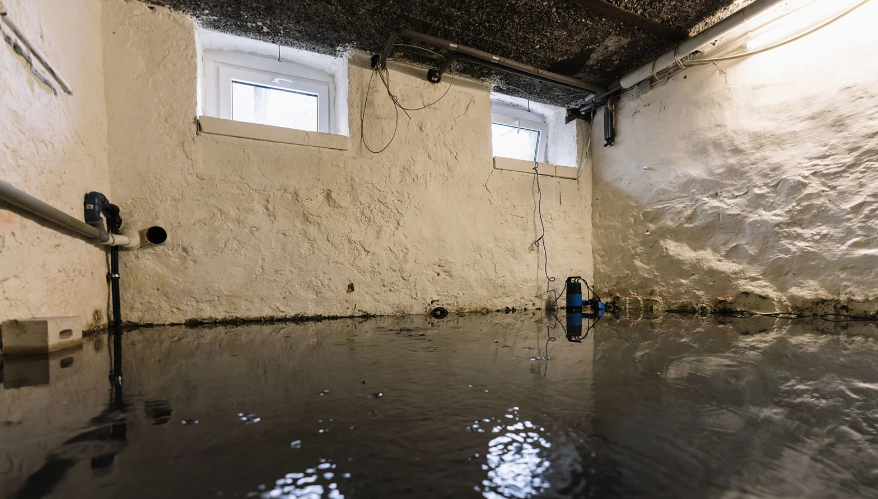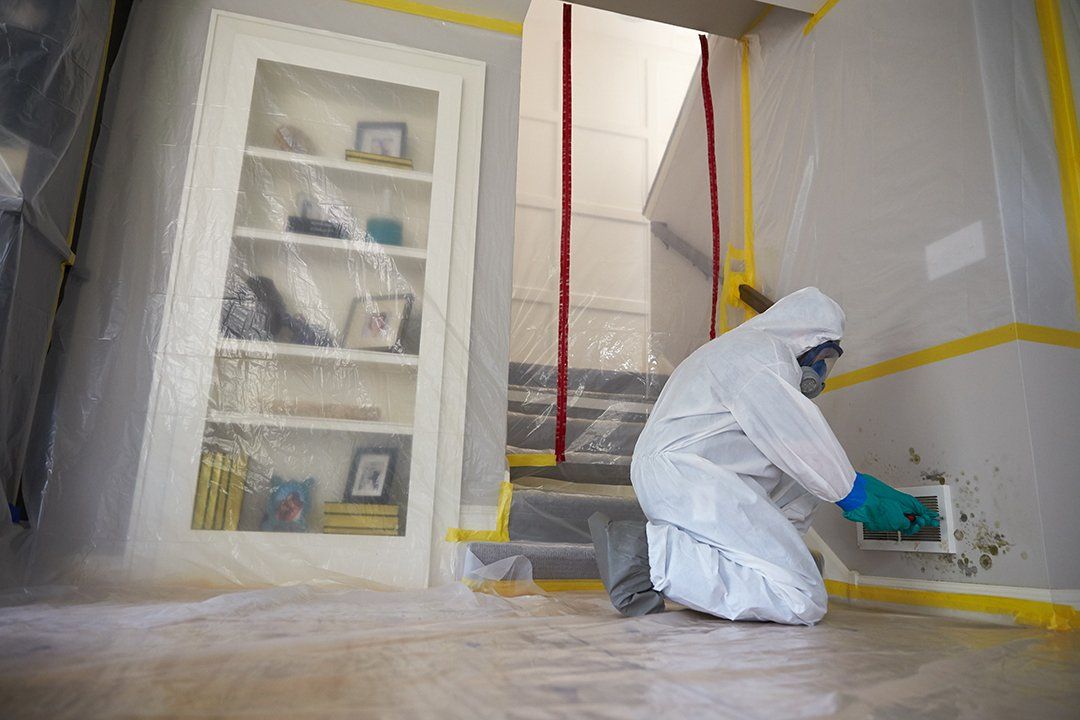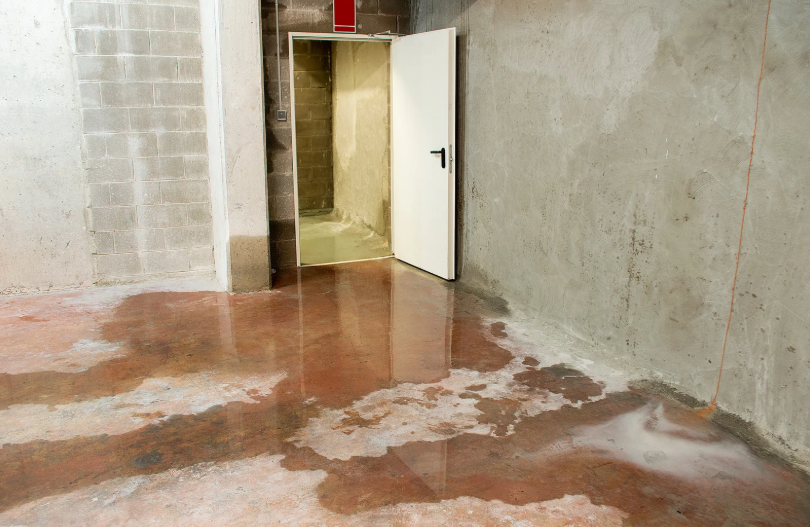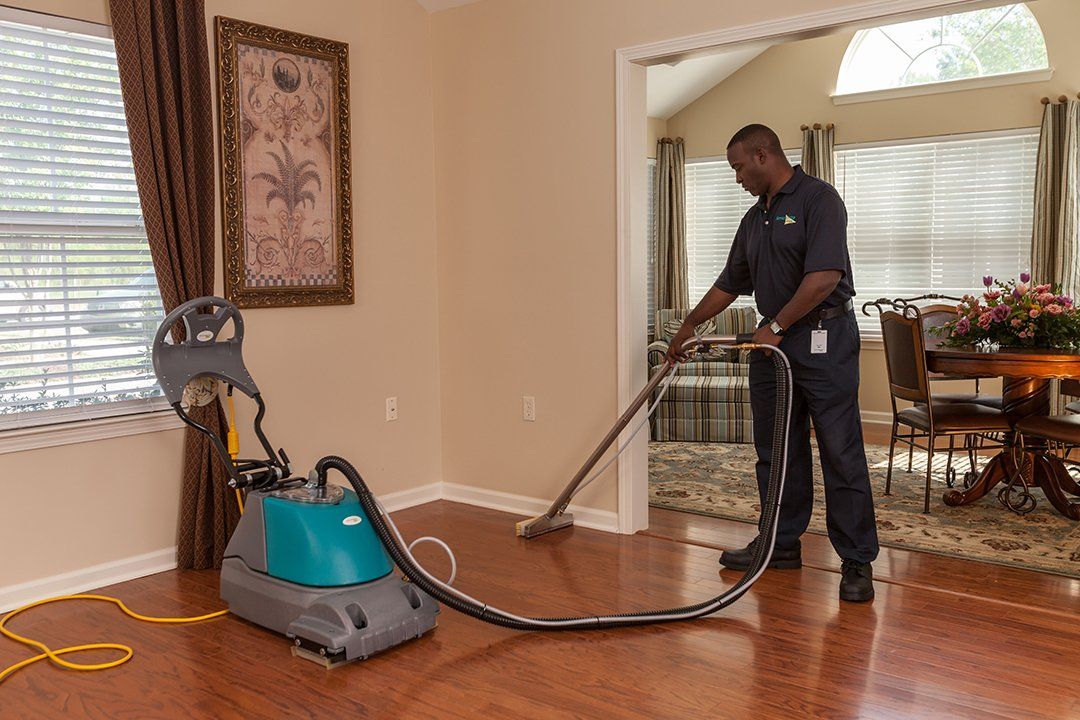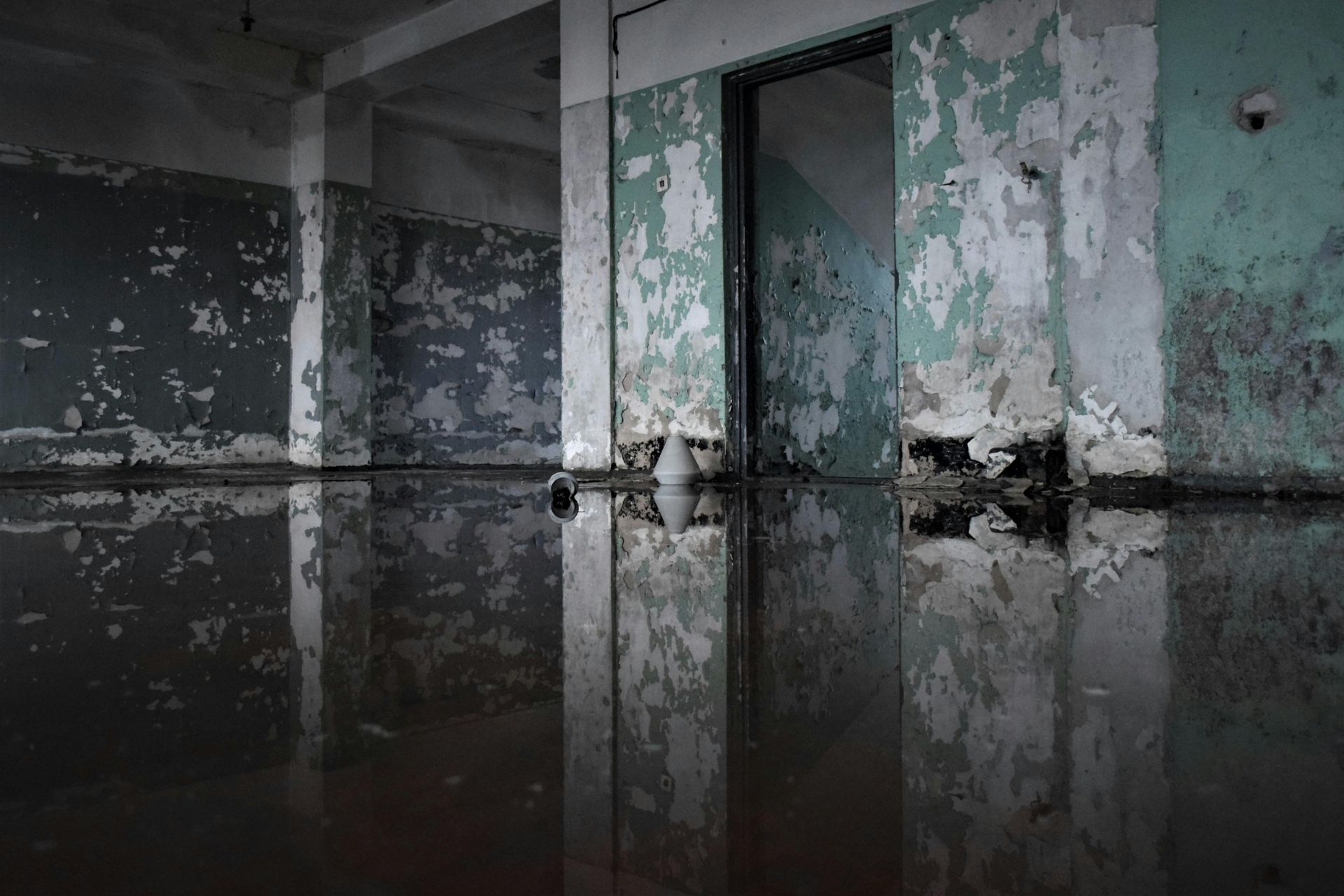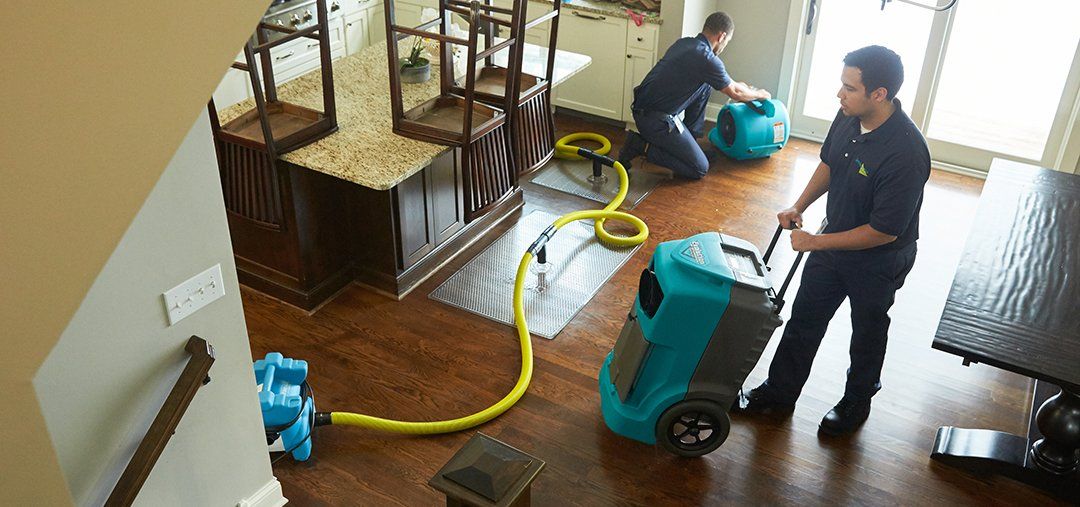Water Damage: Identifying the Hidden Risks in Your Home
Water damage can silently wreak havoc on your home, often going unnoticed until it’s too late. Whether caused by leaking pipes, poor drainage, or severe weather, water damage poses serious risks that can lead to structural issues, mold growth, and even health hazards. Over time, moisture can seep into walls, ceilings, and floors, weakening the integrity of your home and compromising the safety of its inhabitants. Identifying water damage early is crucial to preventing costly repairs and potential long-term damage.
The hidden risks of water damage extend beyond the immediate concern of wet surfaces. Damp environments create the perfect breeding ground for mold and mildew, which can trigger allergies or respiratory problems. It can also compromise electrical systems, posing a fire hazard. Understanding the subtle signs of water damage and acting quickly can help protect your home from significant harm and ensure a safer living environment.
Signs of Water Damage to Watch For
Water damage is often subtle and can go unnoticed for long periods. Look for visible signs like discoloration on walls, ceilings, or floors, which may indicate water has seeped in. Pay attention to musty smells or a persistent increase in humidity in certain areas of the house.
Another sign of water damage is the appearance of peeling or bubbling paint, as well as warped wood or floors. If you notice any of these signs, it’s essential to investigate further. Water can travel along hidden paths, affecting areas that may not be immediately obvious, making early detection vital.
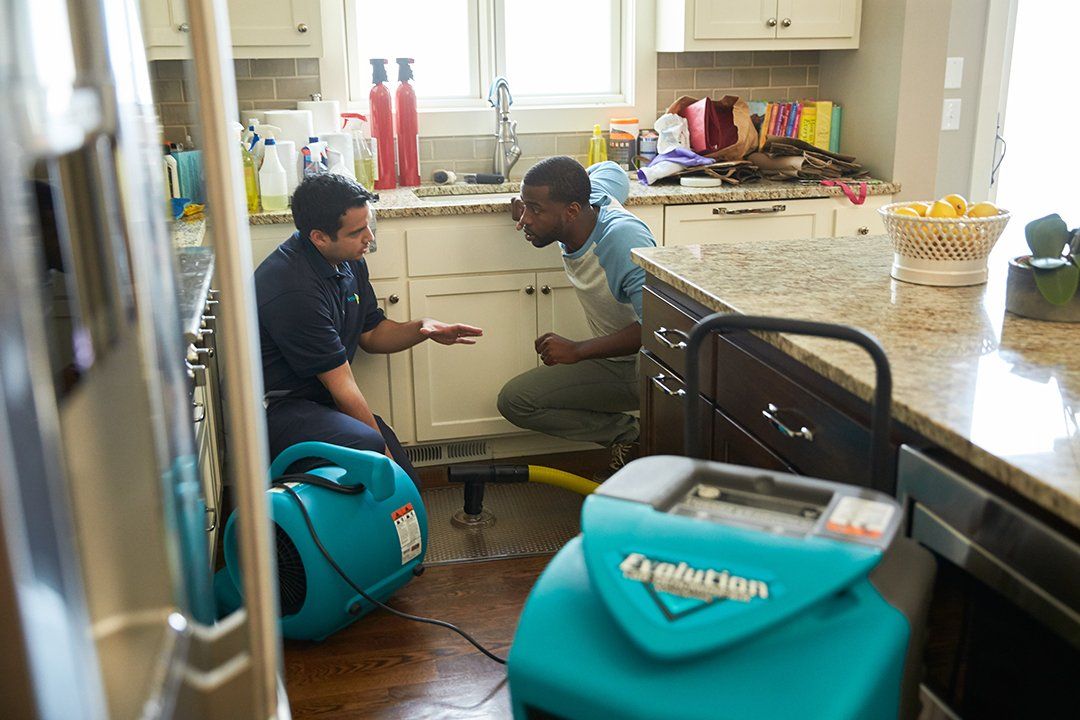
Visible Signs of Water Damage
Water damage may first manifest as discoloration on walls or ceilings. Stains or water rings can indicate that moisture has seeped through. These marks are often a result of leaky pipes or a roof leak. If left unaddressed, these small areas can expand, leading to more severe damage. Investigating these signs early is key to preventing more extensive water-related issues.
The Musty Smell of Water Damage
One of the first indicators of hidden water damage is a musty or damp smell. This odor typically occurs when water has been present for a while, encouraging mold growth. Musty smells often linger in areas that have experienced moisture infiltration, such as basements, attics, or behind walls. Identifying these odors can help pinpoint the source of the damage and prompt quicker action.
Warped Wood and Bubbling Paint
If you notice that wood flooring or trim is warping or paint is bubbling, water damage might be the cause. These visible signs occur when moisture has penetrated surfaces, causing the materials to expand or lose their adhesion. When this happens, it's critical to address the underlying water source to prevent further structural damage. Prompt repairs can save your home from more costly fixes later.
Humidity and Increased Moisture in the Air
An unusual rise in humidity can be another sign that water damage is occurring. This can happen when there is a slow leak or if the moisture in the air is not being adequately vented. Excess humidity can lead to mold growth and can also make the home environment uncomfortable. Monitoring humidity levels is important to ensure your home remains dry and safe.
Hidden Water Damage in Your Home
Water damage isn't always obvious and can hide behind walls, under floors, or within ceilings. Leaks from pipes, appliances, or the roof often travel unseen until significant damage is done. Areas such as attics and basements may be particularly vulnerable. Detecting hidden water damage early with the help of moisture sensors or a professional inspection can help avoid costly repairs and health hazards.
Common Causes of Water Damage in Homes
Water damage can stem from various sources, with plumbing leaks being one of the most common culprits. Leaky pipes or faulty appliances like dishwashers or washing machines can release water where it shouldn’t be. Even small leaks can cause significant damage over time.
Another cause of water damage is roof leaks, often resulting from missing shingles or clogged gutters. Heavy rain or snowmelt can find its way into your home, leading to structural problems or mold growth. Regular home maintenance can help reduce the chances of such leaks from occurring.
How Water Damage Affects Structural Integrity
Water damage can severely weaken the structural components of a home. Wooden beams and framing can rot when exposed to moisture for extended periods. This can cause sagging ceilings, warped floors, and in the worst case, structural collapse if not addressed early.
The foundation is also at risk from prolonged water exposure. Water can seep into cracks and gradually erode the foundation, causing shifting and settlement. This can lead to costly repairs and make your home less stable. Preventative measures are key to maintaining the integrity of your home’s structure.
Mold Growth: The Silent Danger of Water Damage
Mold thrives in damp environments, making homes with water damage particularly susceptible. Once mold spores take hold, they can spread quickly, often in places that are difficult to see, such as inside walls, behind furniture, or under carpets. Mold can lead to respiratory issues and allergic reactions.
To combat mold, it’s essential to act quickly once water damage is detected. Drying out affected areas and improving ventilation can help reduce moisture levels and prevent mold growth. In severe cases, professional mold remediation may be necessary to eliminate the problem completely and ensure a safe living environment.
The Health Risks of Undetected Water Damage
Water damage can pose significant health risks, especially when mold or bacteria thrive in wet conditions. Mold can lead to respiratory problems, including coughing, wheezing, and asthma attacks. Prolonged exposure to contaminated water can also result in serious infections or illness.
In addition to mold, stagnant water can harbor harmful bacteria and pathogens. These can spread to other areas of the home, particularly in the event of flooding. Addressing water damage immediately is essential to prevent long-term health concerns and ensure your home remains a safe environment for all its occupants.
How Water Damage Impacts Homeowners' Insurance
Homeowners’ insurance policies may cover water damage, but there are limitations and exclusions to be aware of. For instance, sudden and accidental damage, like a burst pipe, is usually covered, but damage caused by poor maintenance or long-term leaks might not be. Understanding your policy is crucial to avoid financial setbacks.
If you notice water damage in your home, report it to your insurance provider promptly. Insurance companies may require professional assessments to determine the extent of the damage. Proper documentation and timely action can help ensure you receive the necessary compensation to cover repairs.
Preventing Water Damage Before It Starts
Taking preventative steps can significantly reduce the risk of water damage in your home. Regularly inspect your plumbing, including pipes, faucets, and hoses, for signs of leaks or wear. Cleaning gutters and ensuring proper drainage can also prevent water from pooling around the foundation.
Additionally, consider investing in water sensors or leak detection systems. These tools can alert you to potential issues before they escalate. By staying proactive with maintenance and monitoring, you can prevent costly water damage and protect your home from unexpected risks.
The Financial Costs of Water Damage Repairs
Repairing water damage can be costly, depending on the severity and extent of the problem. Small leaks may only require patching up walls and replacing a few tiles, but more significant damage can necessitate extensive repairs, including replacing flooring, rewiring electrical systems, or even rebuilding parts of the structure.
In many cases, water damage requires specialized remediation services, which can add to the overall expense. Addressing water damage early can help minimize repair costs and prevent long-term structural damage, ultimately saving homeowners from substantial financial burdens down the line.
Conclusion
Water damage can silently cause significant harm to your home, often going unnoticed until it's too late. Early detection and prompt action are crucial in preventing further damage and ensuring your property remains safe and secure. By understanding the risks associated with water damage and keeping an eye out for common signs, you can take proactive steps to protect your home and its structural integrity.
If you suspect water damage in your home or need professional assistance, don't hesitate to reach out to ServiceMaster Restoration Services in Lisle, IL. Our experienced team is here to help with thorough inspections, expert water damage restoration, and long-term solutions to keep your home safe from the hidden dangers of water damage. Contact us today to schedule an assessment and ensure the health and safety of your property.
Blog
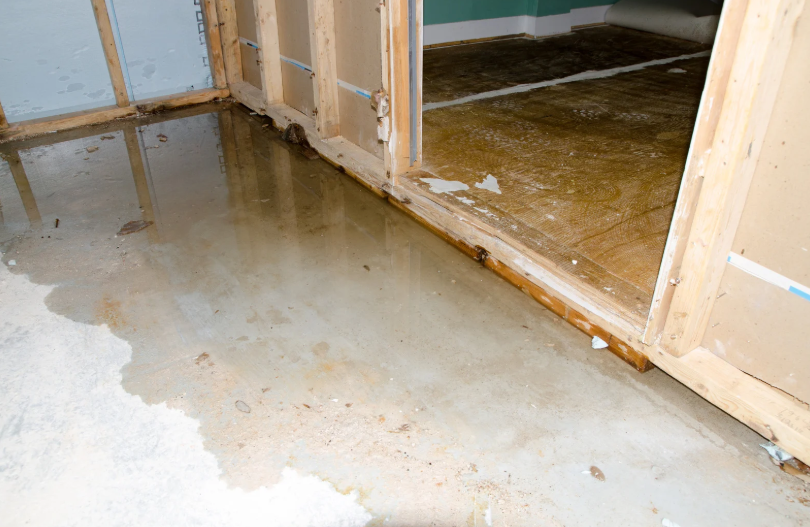
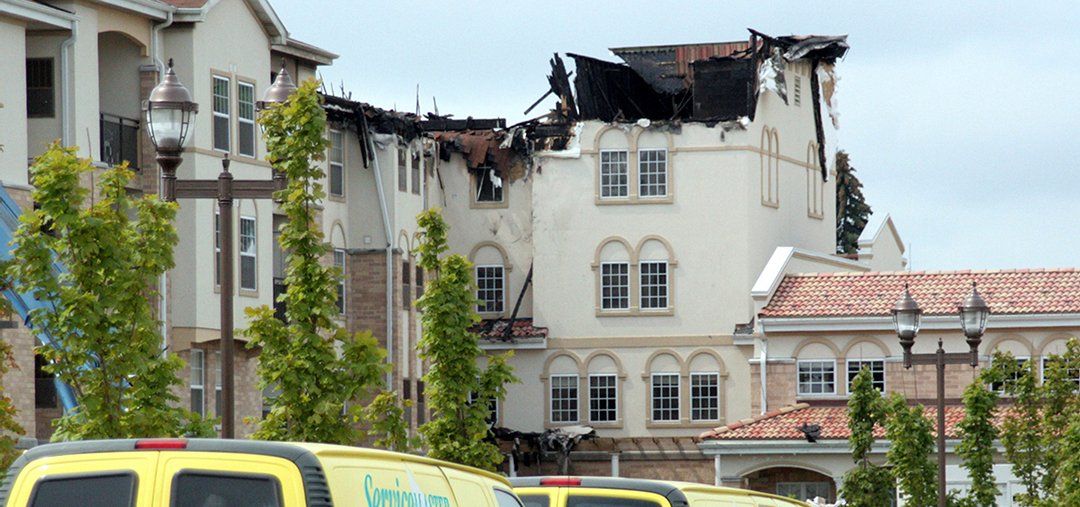
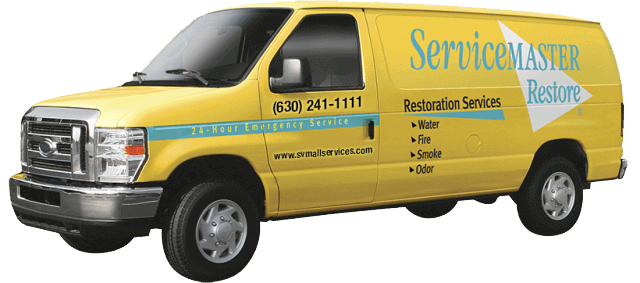
ServiceMaster Restoration Services Lisle
924 Ogden Ave.Lisle, Illinois 60532Phone: (630) 241-1111
ServiceMaster Restoration Services Elmhurst
691 N Church Rd Ste 204Elmhurst, Illinois 60126Phone: (630) 717-2222
ServiceMaster Restoration Services Naperville
904 Piedmont CirNaperville, IL 60565Phone: (630) 717-9292
Our Location
924 Ogden Ave.Lisle, Illinois 60532
All Rights Reserved | Service Master Restoration services

